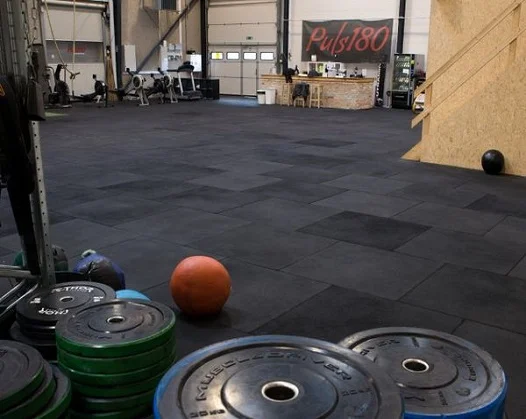When it comes to selecting gym flooring, making the right choice is crucial for ensuring optimal performance, safety, and overall satisfaction. With a wide range of options available, it’s important to consider several factors that can influence your decision. First and foremost, the intended use and activities conducted in your gym or fitness facility play a significant role. Different areas within the facility may require specific flooring types. For instance, weightlifting areas may benefit from rubber flooring that provides excellent shock absorption, while aerobic studios may require a softer surface like foam flooring to reduce impact on joints.
Maintenance requirements should also be considered. Busy gyms often require flooring that is easy to clean and maintain, ensuring a hygienic environment. Vinyl flooring, for example, is known for its low maintenance needs and water-resistant properties, making it suitable for high-traffic areas. Budget considerations are important too. It’s essential to strike a balance between quality and affordability. While high-quality materials may come with a higher price tag, investing in durable gym flooring can save you money in the long run by reducing the need for frequent replacements or repairs.




